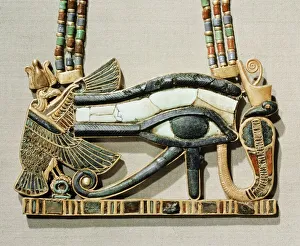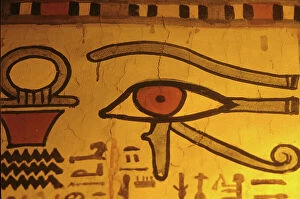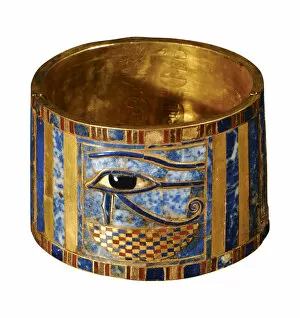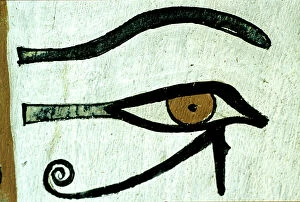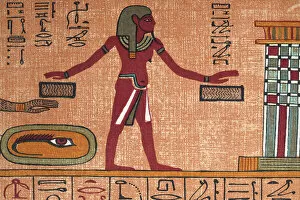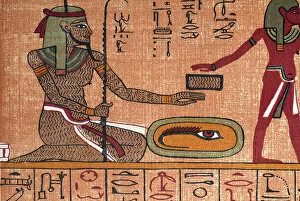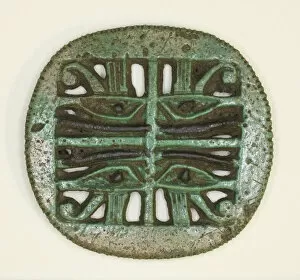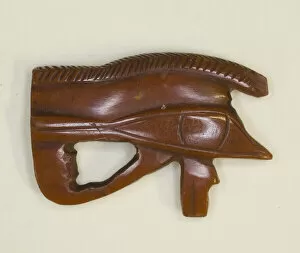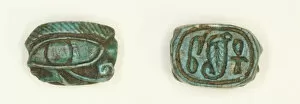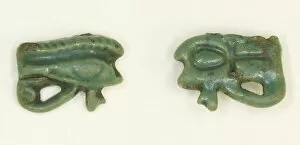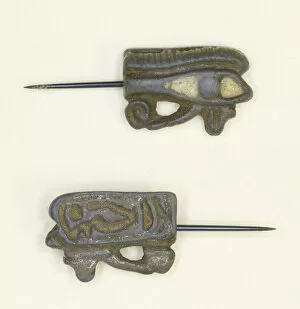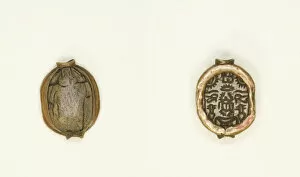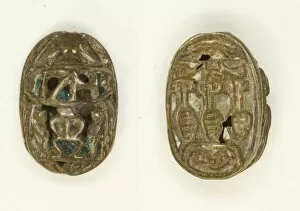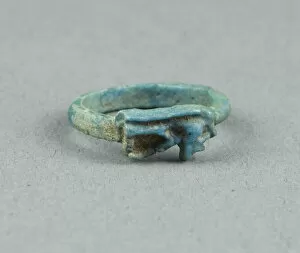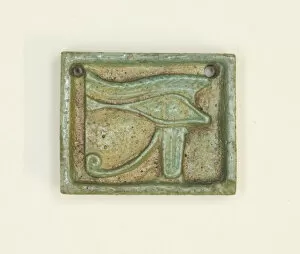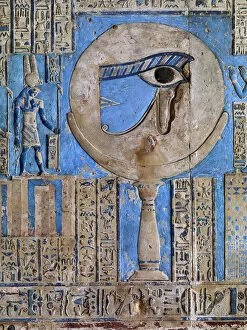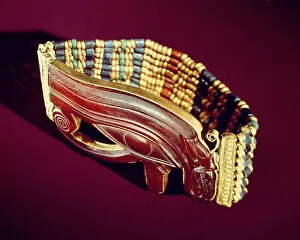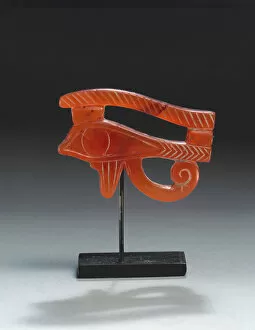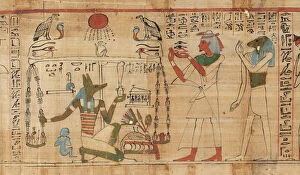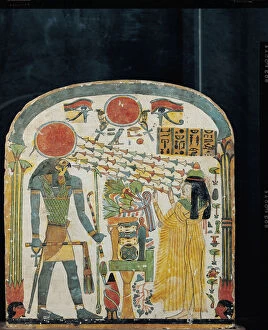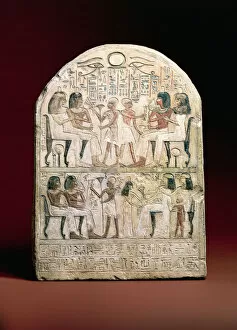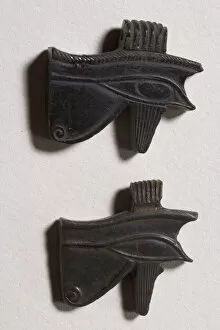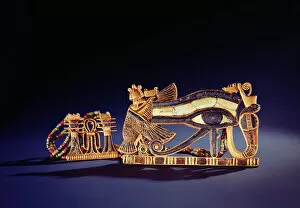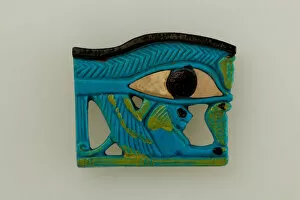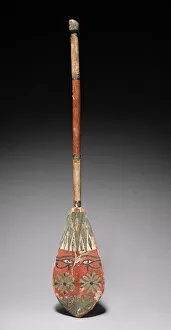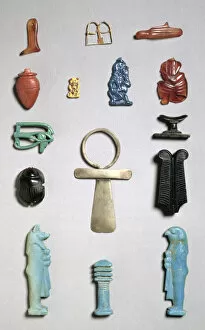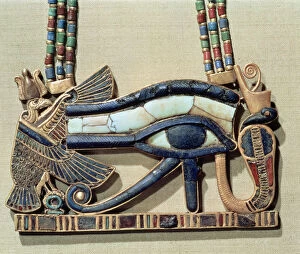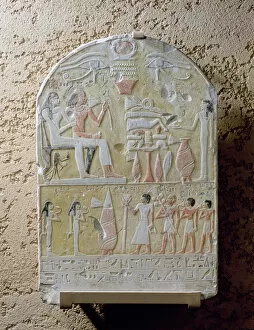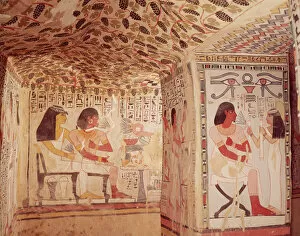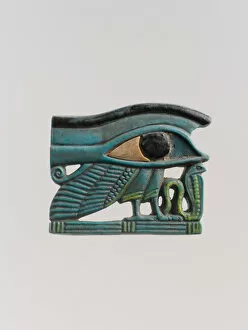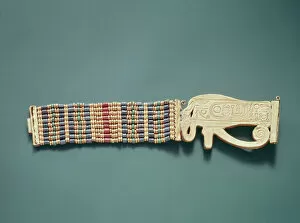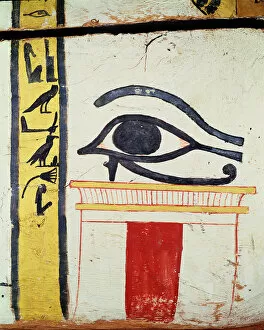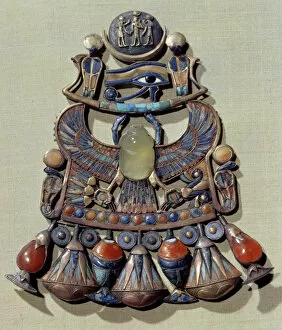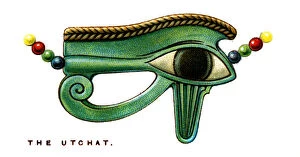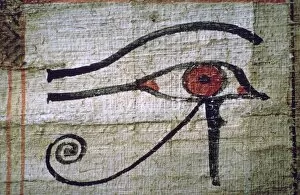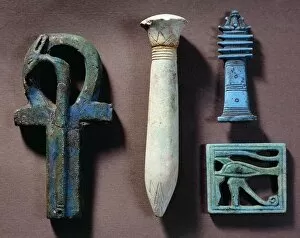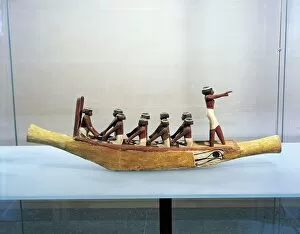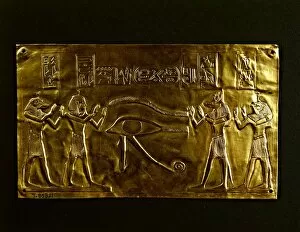Eye Of Horus Collection
The Eye of Horus, also known as the Wedjat eye, holds great significance in ancient Egyptian culture, and is often depicted in various forms of art and amulets
For sale as Licensed Images
Choose your image, Select your licence and Download the media
The Eye of Horus, also known as the Wedjat eye, holds great significance in ancient Egyptian culture, and is often depicted in various forms of art and amulets, showcasing its importance and power. One such representation is seen on the Pectoral of the sacred eye flanked by the serpent goddess of the North. This intricate piece showcases the eye's protective nature and its association with divine beings. Another stunning artifact is a Bracelet with the Eye of Horus dating back to 943-922 BC. Created by an ancient Egyptian artist, it exemplifies their skillful craftsmanship and devotion to this symbol. In Ancient Egyptian papyrus scrolls, we find depictions of a tattooed man alongside the Eye of Horus. This suggests that individuals adorned themselves with this powerful symbol for protection or spiritual reasons. The image of a man holding hands over boxes while being judged portrays how important judgment was in relation to this symbol. The Eye of Horus served as a guide for justice and fairness during these proceedings. Amulets featuring multiple Eyes of Horus were also prevalent during different periods in Egypt's history. These amulets represented not only protection but also good health, rejuvenation, and overall well-being. Scaraboid artifacts further highlight Egypt's fascination with this symbol. One Scaraboid from Dynasty 18 showcases both wedjat eyes and hieroglyphs associated with beauty (nefer-signs). This combination emphasizes harmony between physical appearance and inner spirituality. From scarabs to bracelets, each artifact tells a story about how deeply ingrained the Eye of Horus was within ancient Egyptian society. Its presence can be traced throughout various dynasties, serving as a constant reminder of protection, guidance, and balance.

